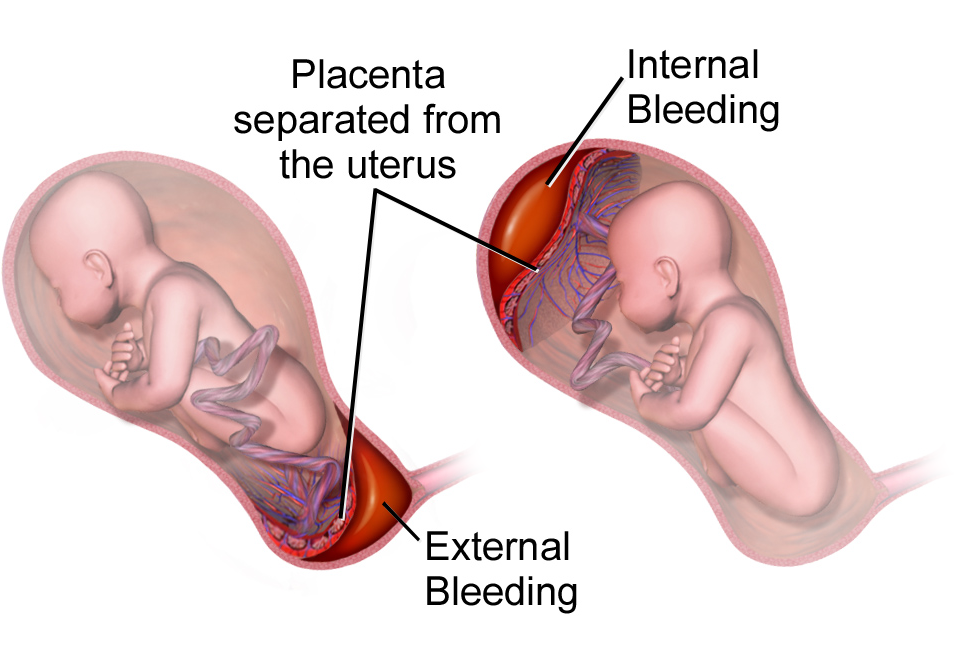Concealed Abruption: Unveiling the Silent Killer of Pregnancy
– Concealed placental abruption is a complication of pregnancy where the placenta separates from the uterus without visible bleeding.
– Placental abruption can be partial or complete, with complete abruptions resulting in more vaginal bleeding.
– Placental abruption occurs in about 1 out of 100 pregnancies.
– Symptoms of placental abruption include vaginal bleeding, pain, contractions, discomfort, and tenderness.
– Placental abruption usually occurs in the third trimester but can occur after 20 weeks of pregnancy.
– Mild cases of placental abruption may cause few problems but need to be closely monitored.
– Complications of placental abruption include growth problems for the baby, preterm birth, stillbirth, and anemia for the pregnant person.
– Placental abruption is related to about 1 in 10 premature births.
– Premature babies are more likely to have health problems, lasting disabilities, and death.
– Placental abruption can result in hemorrhage and blood clotting complications.
– Delivery by cesarean birth may be required in cases of placental abruption.
– Risk factors for placental abruption include previous abruption, high blood pressure, smoking, cocaine use, abdominal trauma, age 35 or older, uterine infection, preterm labor, early water break, issues with the uterus or umbilical cord, excess amniotic fluid, multiple pregnancies, asthma, family history of abruption, previous c-section, and exposure to air pollution.
– There is a 10% chance of placental abruption recurring in a later pregnancy if a person has had it before.
